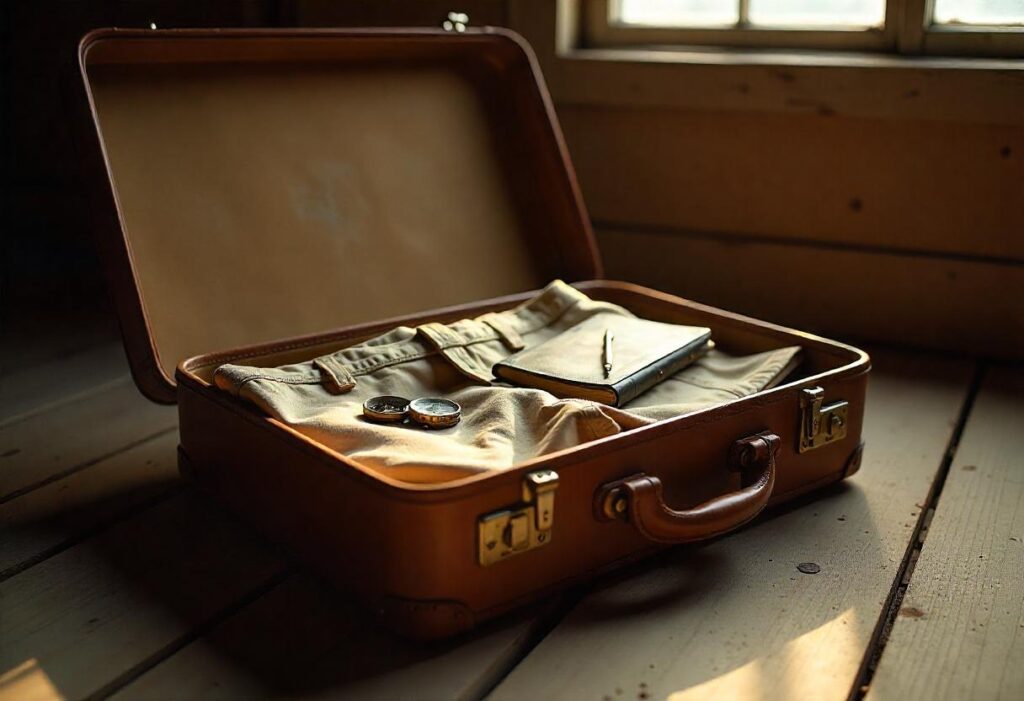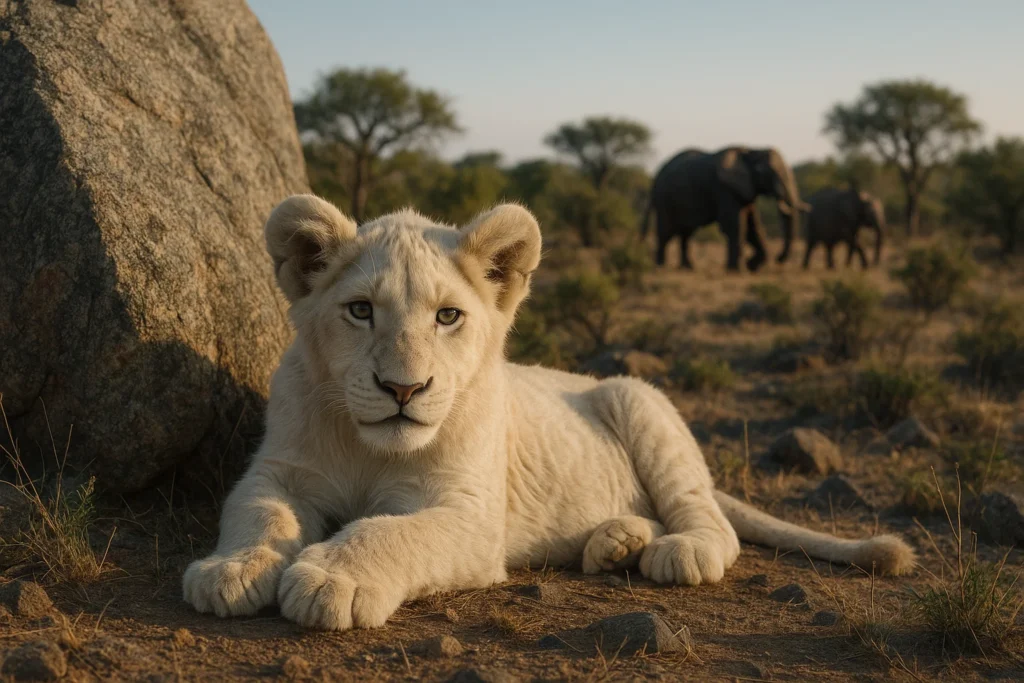Planning your first African safari is thrilling—but figuring out what to pack can be overwhelming. The right gear can elevate your entire experience, while the wrong items could weigh you down or leave you unprepared. In this guide, we break down what to bring, what to skip, and how seasoned travelers prepare for the adventure of a lifetime.
What to expect on your first safari
A mix of comfort and wilderness
Most safaris balance rustic charm with luxury. You’ll often stay in tented camps or lodges, travel in open 4×4 vehicles, and experience early morning and late afternoon game drives.
Weather and terrain considerations
African safaris span a range of climates—from the dry savannas of Kenya to the humid deltas of Botswana. Days are typically warm, but early mornings and nights can be chilly.
Essential clothing for safari
Neutral colors and lightweight fabrics
Pack clothes in earthy tones (beige, olive, khaki) to blend into the environment and avoid attracting insects. Lightweight, breathable, and quick-drying materials are ideal.
- 2–3 long-sleeved shirts (sun & bug protection)
- 2–3 pairs of lightweight pants or convertible trousers
- A wide-brimmed hat and sunglasses
- A fleece or insulated jacket for early drives
- Comfortable walking shoes or boots
What to avoid
- Bright colors (they can disturb animals)
- Camouflage (sometimes illegal for civilians in African countries)
- Dark colors like black or navy (attract tsetse flies)
Gear and accessories you shouldn’t forget
Safari essentials
- Daypack for drives and walks
- Binoculars (8×42 is ideal)
- Camera gear (see our safari photography guide)
- Reusable water bottle
- Flashlight or headlamp
- Dry bags to protect electronics from dust
Health & hygiene
- Prescription meds & a basic first aid kit
- Sunscreen (SPF 30+), insect repellent, lip balm
- Hand sanitizer and biodegradable wipes
- Personal toiletries (some lodges may not provide everything)
Documents and safety items
- Passport (with 6+ months validity)
- Yellow fever certificate (required in some countries)
- Copies of travel insurance, itinerary, emergency contacts
- Local currency and a credit card
- Vaccination and COVID-related documents (if required)
Packing strategies from safari pros
Use soft-sided luggage
Hard suitcases don’t fit well in small charter planes or safari vehicles. Opt for a duffel bag with good structure and space-saving compartments.
Pack light—but smart
Most safari lodges offer laundry service, so you can re-wear clothes. Stick to a packing list and resist the urge to overpack.
Layer and prepare for temperature swings
Bring base layers and a warm outer layer—even if you’re heading to a hot destination. Game drives often start before sunrise and can get chilly.
Nice-to-haves that make a difference
- Travel journal or notebook
- Power bank or solar charger
- Scarf or buff for dust and sun
- Small travel pillow
- Ziplock bags (for organizing snacks or gear)
What NOT to pack
- Hair dryers or electronics with high wattage
- Drones (usually banned in national parks)
- Single-use plastic bags (illegal in countries like Kenya and Rwanda)
- Fancy or expensive jewelry
- Too many shoes (you’ll mostly wear one pair)
FAQs
Pack enough for 3–4 outfit rotations. Most camps offer same-day laundry services.
Unless you’re doing a walking safari, sturdy trainers or light hiking shoes are enough.
Yes—many lodges have pools, and some luxury tents include bathtubs or outdoor showers.
Preferably not—dark colors attract insects, especially tsetse flies. Opt for tan or olive.
Most safari lodges use 220–240V. Bring a universal adapter and check your devices’ voltage range.






